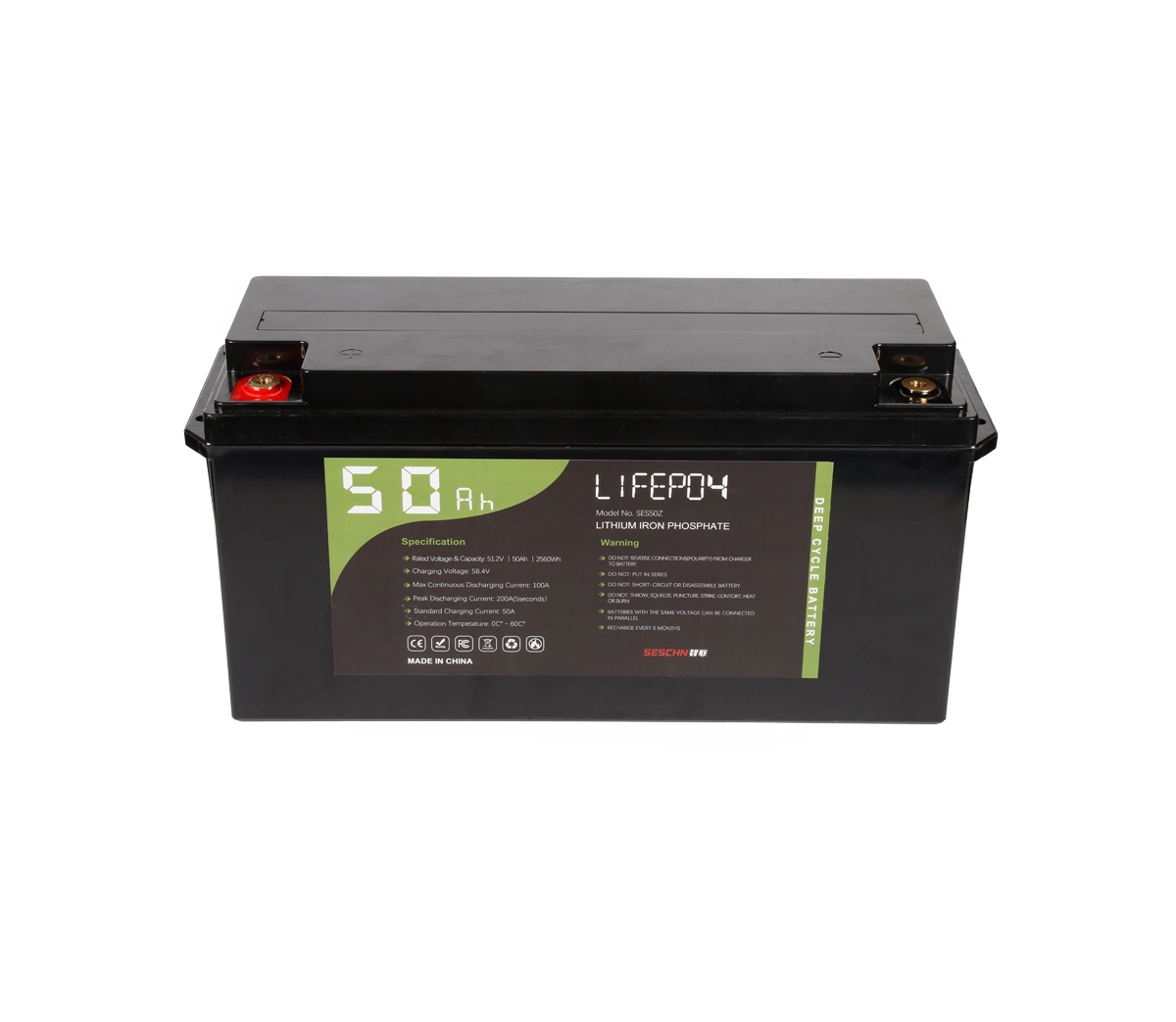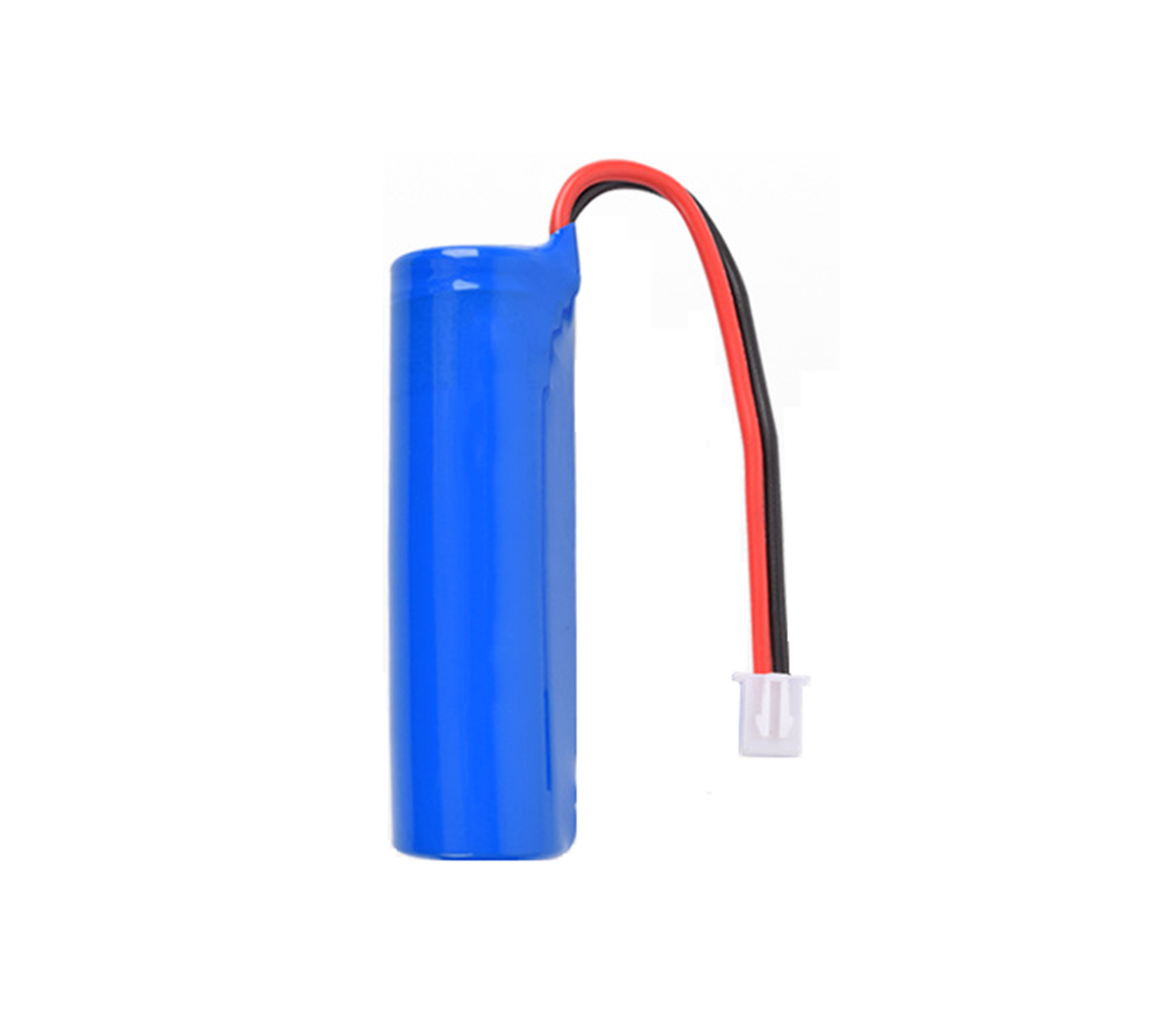
Funded by the National Science Fund for Distinguished Young Scholars,
Professor Luo Shenglian's group from the State Key Laboratory of Biochemical
Sensing and Metrology of Hunan University proposed the first one-step method to
prepare graphene with a layered structure in the research of graphene-metal
nanocomposites. -Metal nanocomposites, the research results were published
online on April 8, 2001 in the internationally renowned journal Small, and
received the attention of relevant international media on April 11, among which
"ChemistryViews" under the ChemPubSocEurope (European Chemical Publishing
Association) "OneSteptoGrapheneComposites" introduced the work. The report
stated that “the currently reported graphene-metal nanomaterials have to be
prepared by chemical or thermal reduction of a mixture of graphene oxide and
metal precursors. These methods involve highly toxic chemical reagents, high
temperatures, and multi-step reactions. Luo of Hunan University, China Shenglian
and colleagues used electrochemical co-deposition to realize the layer-by-layer
self-assembly of metal nanoparticles and graphene. Compared with pure graphene
film, this material has better conductivity and larger specific surface area.
This method has popularization value. It can be widely used in the preparation
of graphene-based composite materials, such as the preparation of electronic
devices, supercapacitors, and composite materials for sensors." Peer experts
evaluated the importance of this research result as one of the top 15% in this
field.
Graphene has received great attention in chemistry, physics, materials,
energy, environment and other fields in recent years due to its unique
electrical properties, mechanical properties, thermal properties and high
specific surface area. The preparation of graphene and its composites is an
extremely important topic in the field of graphene research. How to prepare
graphene and its composites simply, quickly, and greenly, while preventing the
aggregation of graphene sheets, enables graphene-based materials to be
large-scale The premise of the application. The currently reported preparation
of graphene-based composite materials involves chemically or thermally reducing
graphene oxide to graphene, and then compounding with other components (or their
precursors) through chemical or physical methods. This process not only involves
highly toxic chemical reagents, high temperature and multi-step reactions, but
also has disadvantages such as the aggregation of graphene sheets and the
uncontrollable distribution of various components. Professor Luo Shenglian’s
research group directly used graphene oxide and metal salt aqueous solutions as
raw materials, and directly prepared a layered structure of graphene sheets and
metal nanoparticles alternately assembled by one-step electrodeposition. The
metal nanoparticle layer blocked the graphene sheet. Aggregate, and at the same
time act as a conductive channel between graphene sheets, so that the composite
film has a very high specific surface area and conductivity. The method does not
require toxic chemical reagents, high temperature and multi-step reaction
process, has simple, fast and green characteristics, and can be further extended
to prepare other graphene-based composite materials.
The graphene-based composite material combined by this subject not only has
great application prospects in electronic devices, supercapacitors and sensors,
but also has great application potential in the field of environmental pollution
control, such as photocatalytic degradation of organic pollutants. Combining
graphene with a semiconductor photocatalyst in a similar way, the large specific
surface area of graphene can greatly promote the adsorption of organic
pollutants and improve the mass transfer efficiency of the photocatalytic
process; the layered self-assembled structure has a large interface area, which
is beneficial The separation and transmission of photo-generated carriers of the
catalyst can avoid the recombination of photo-generated charges and improve the
photoelectric conversion efficiency.



































